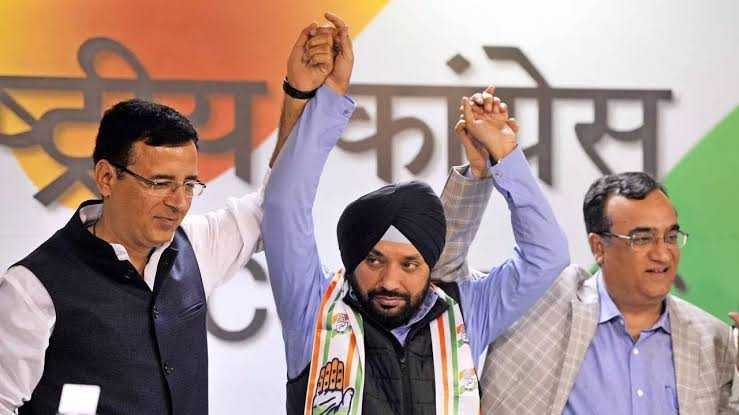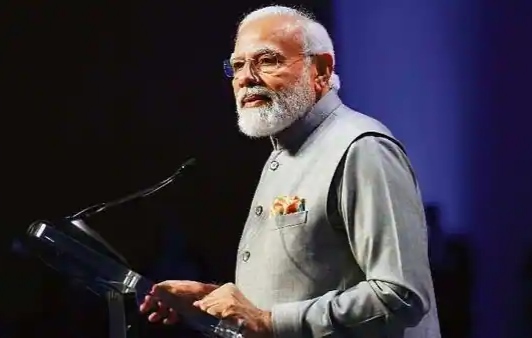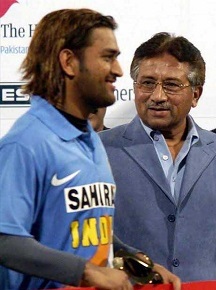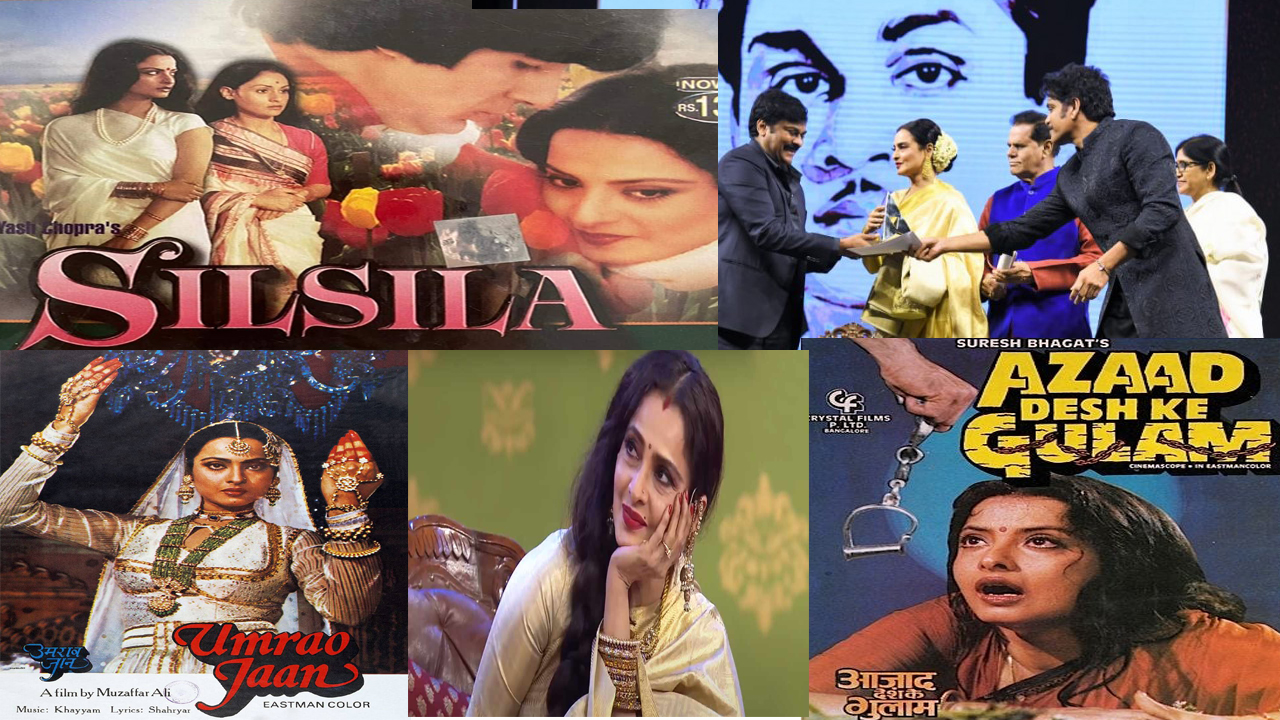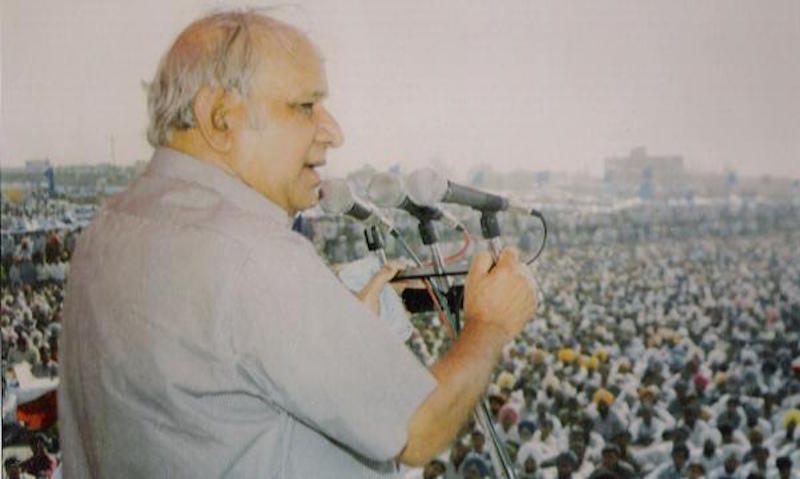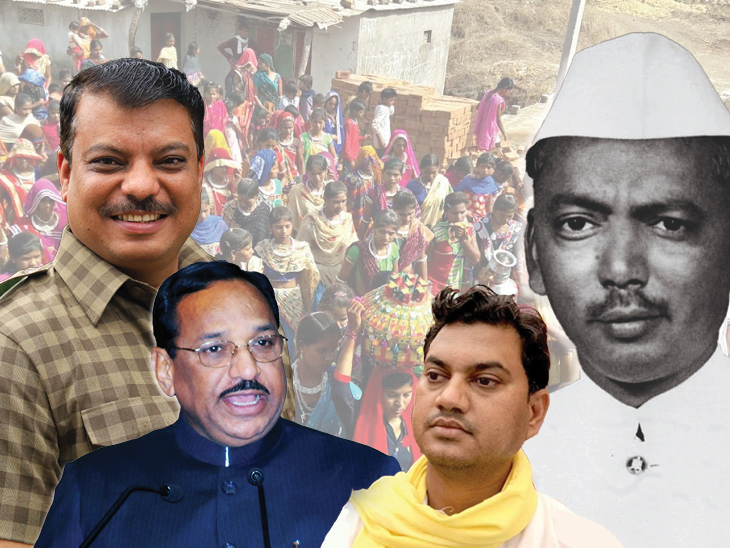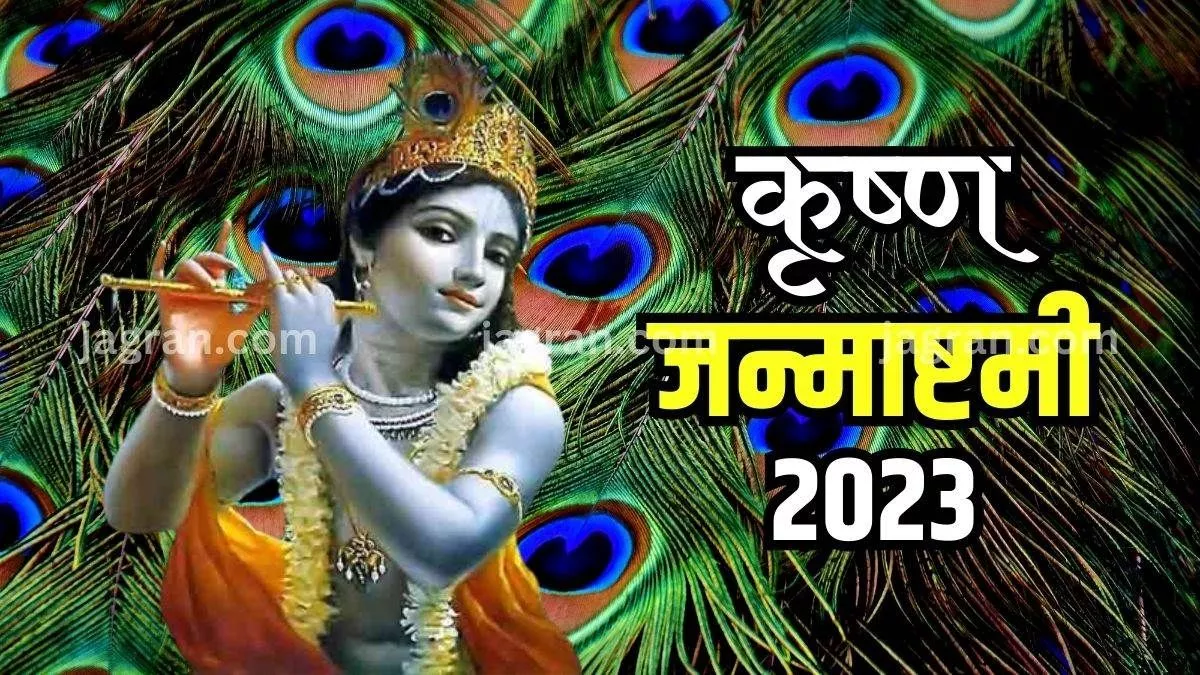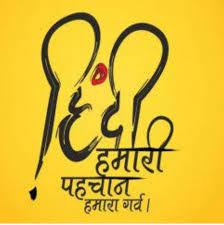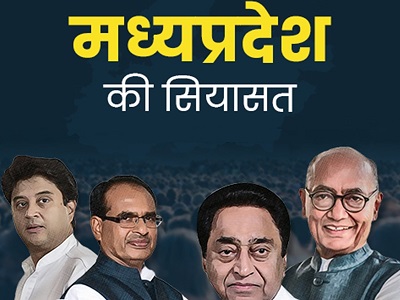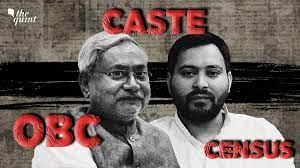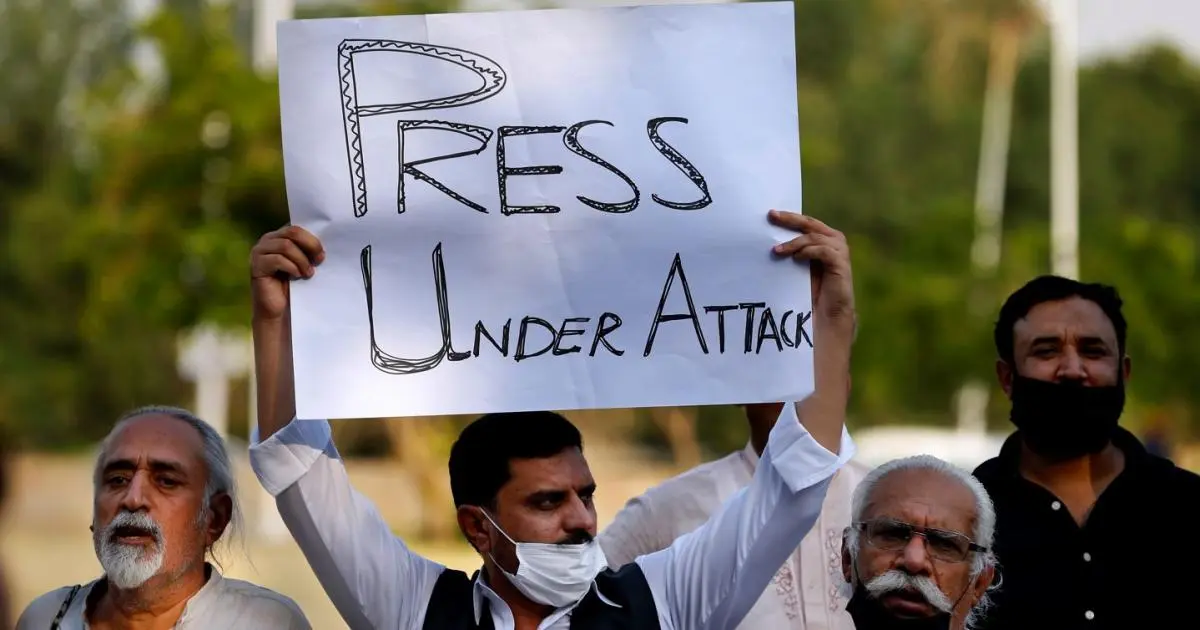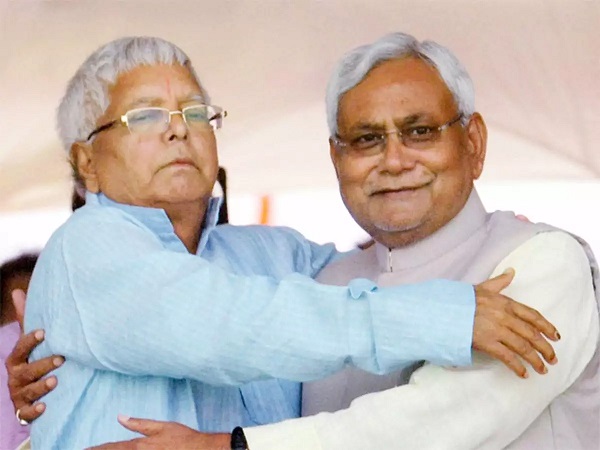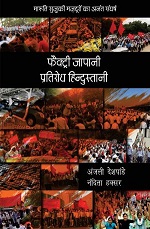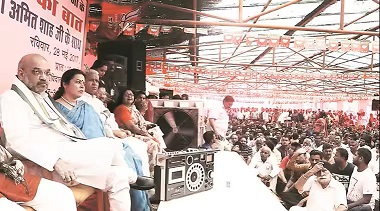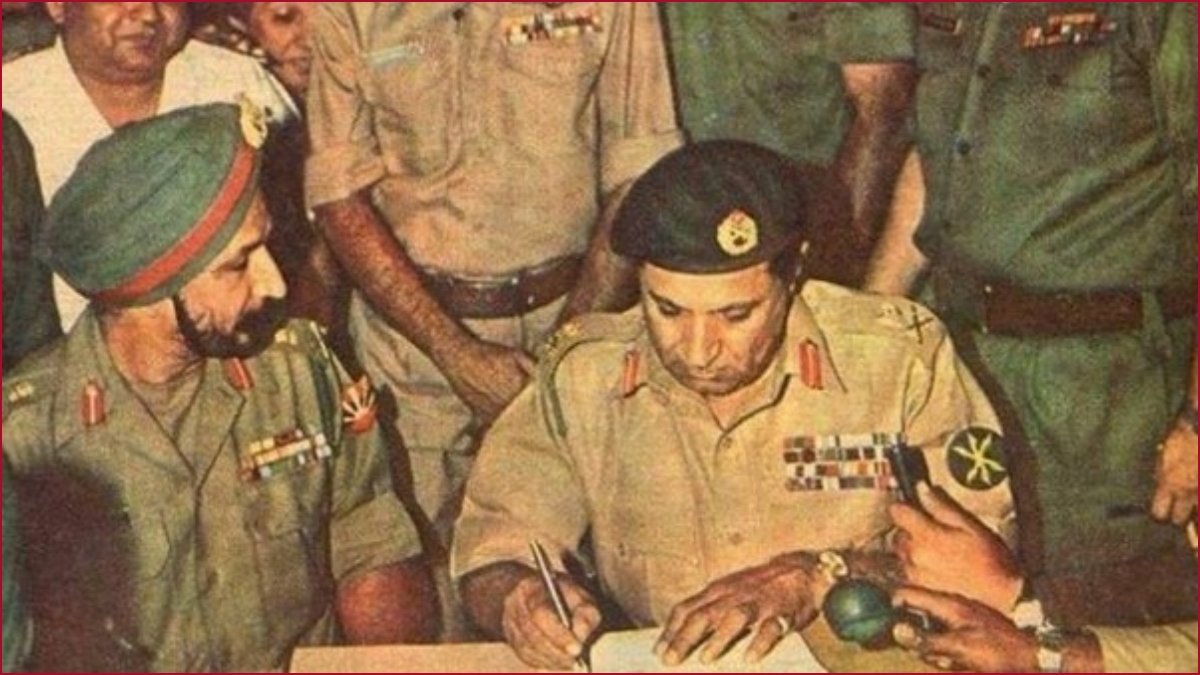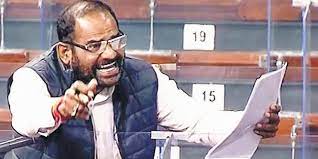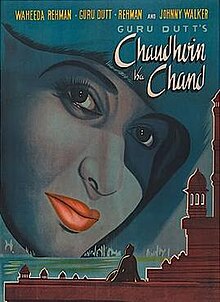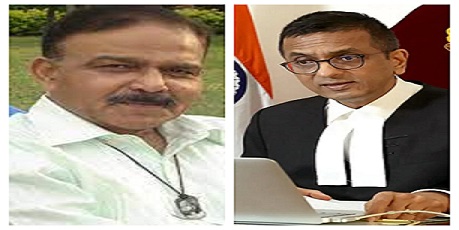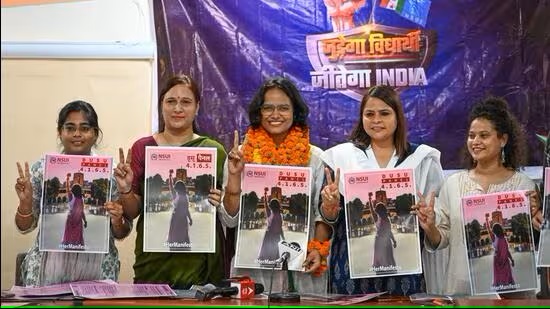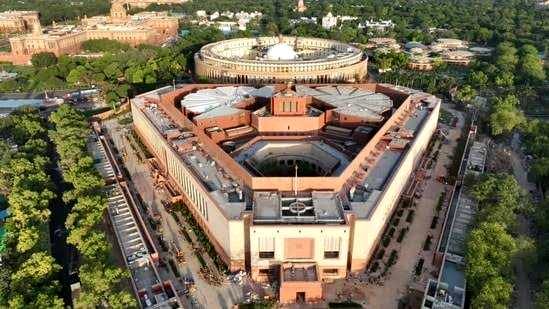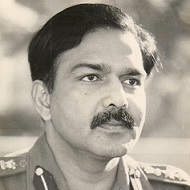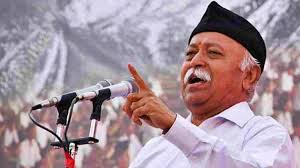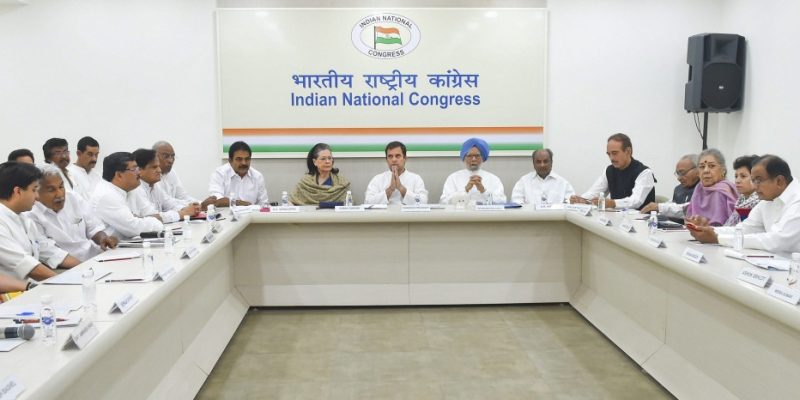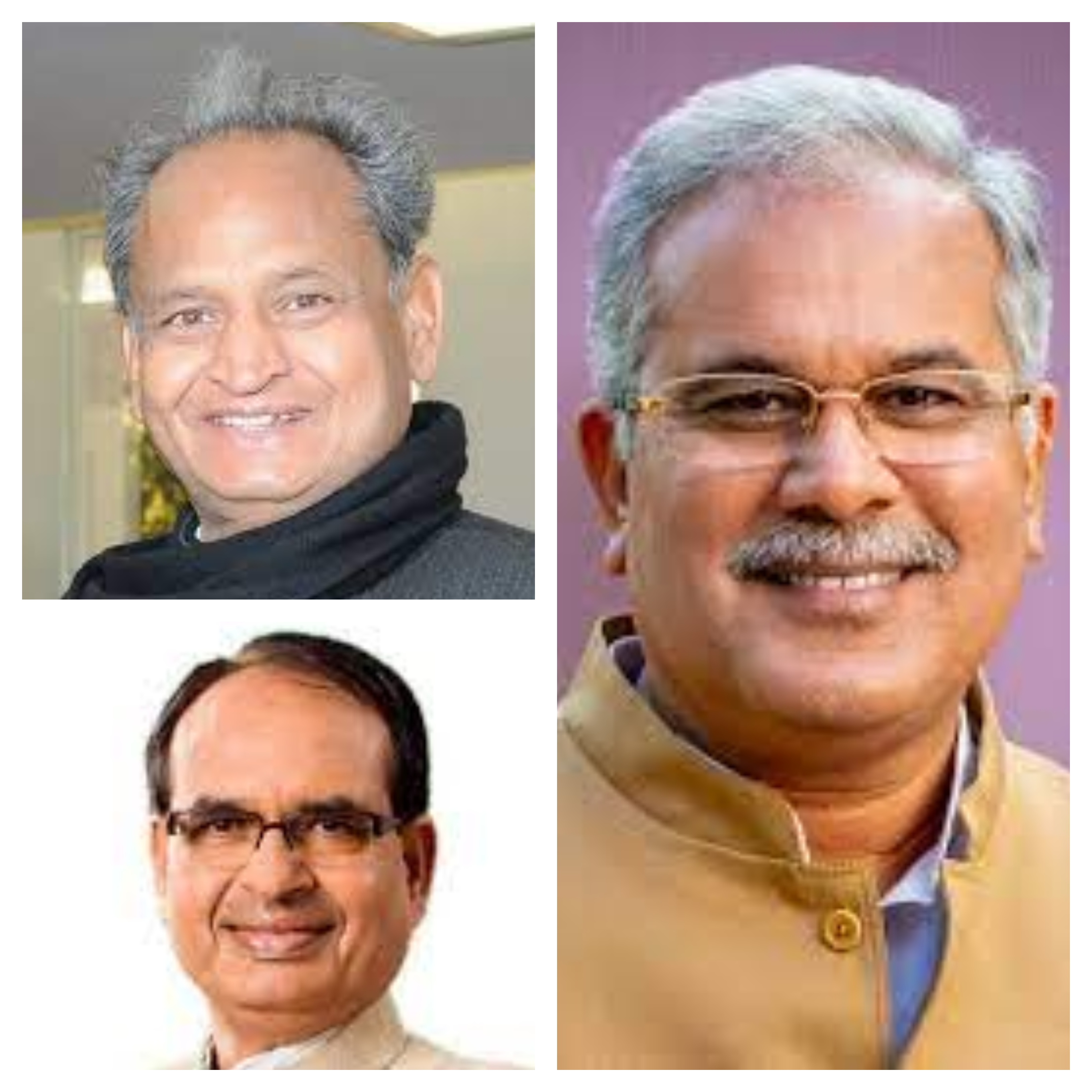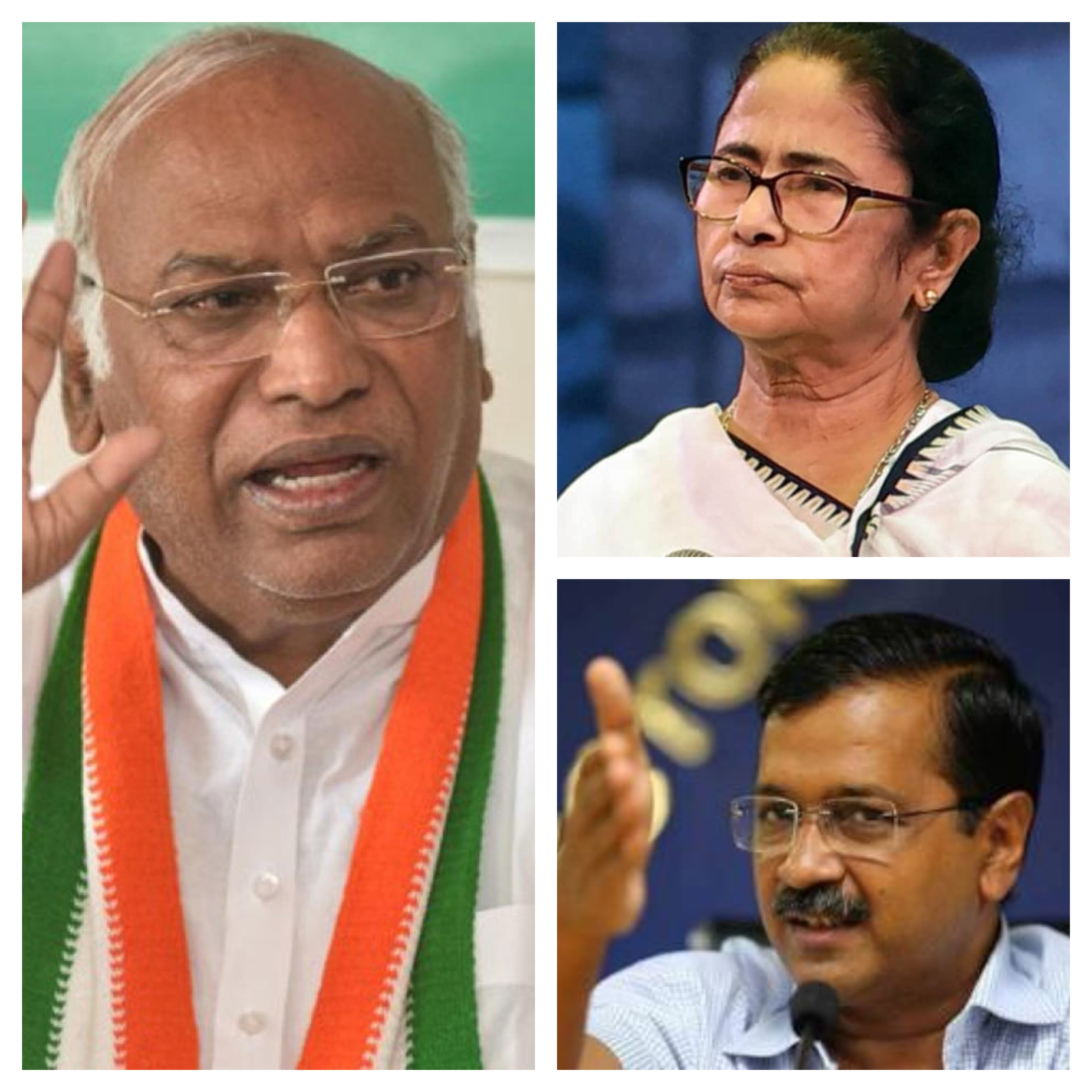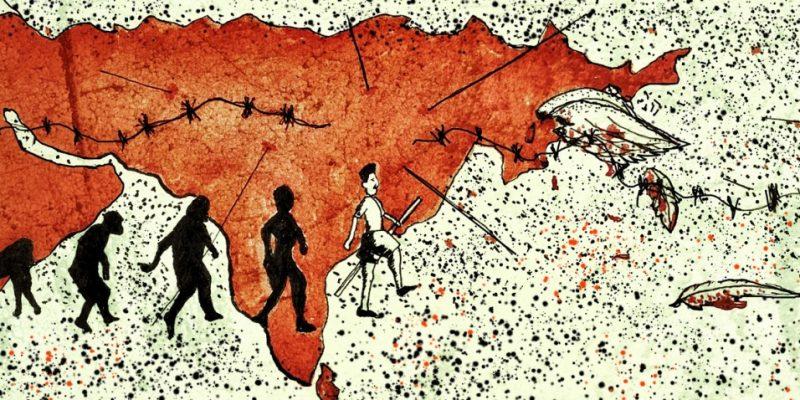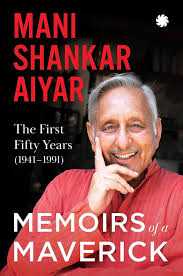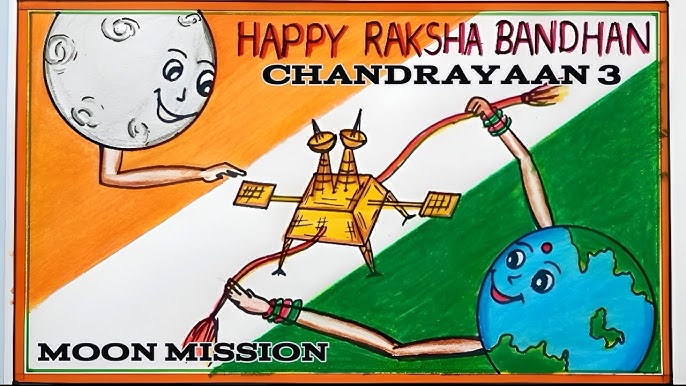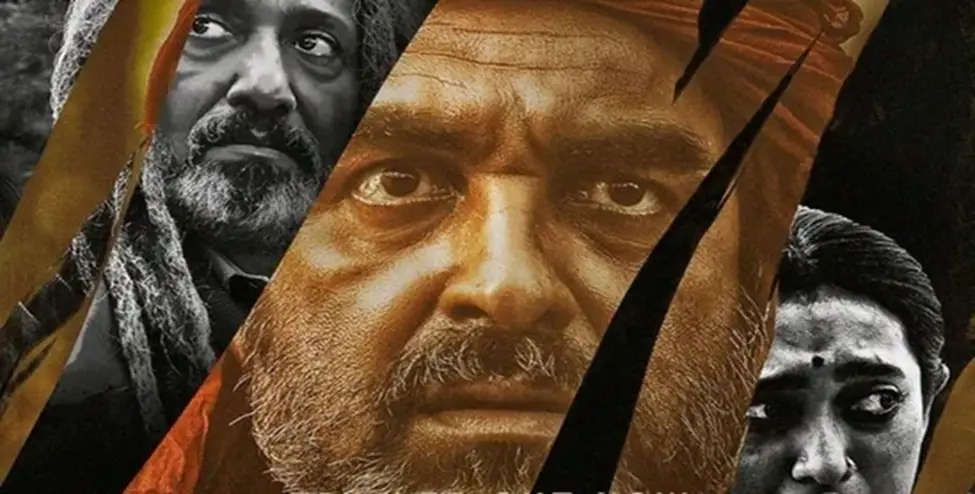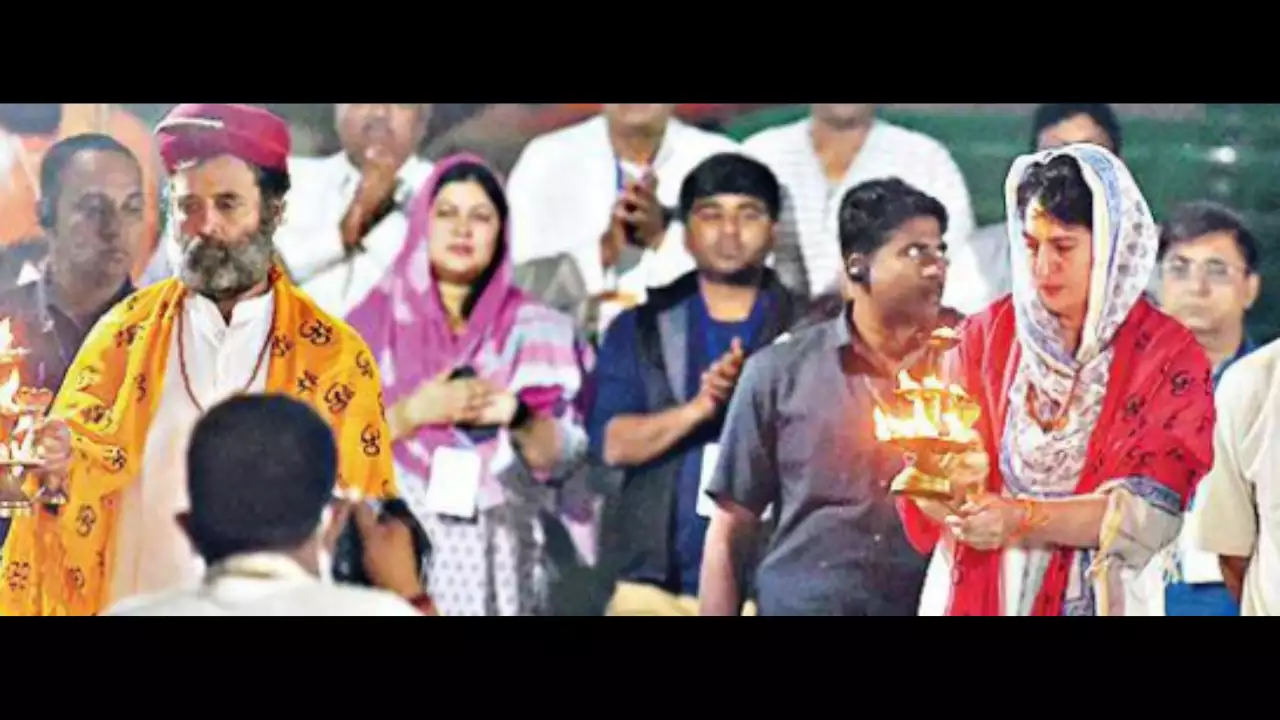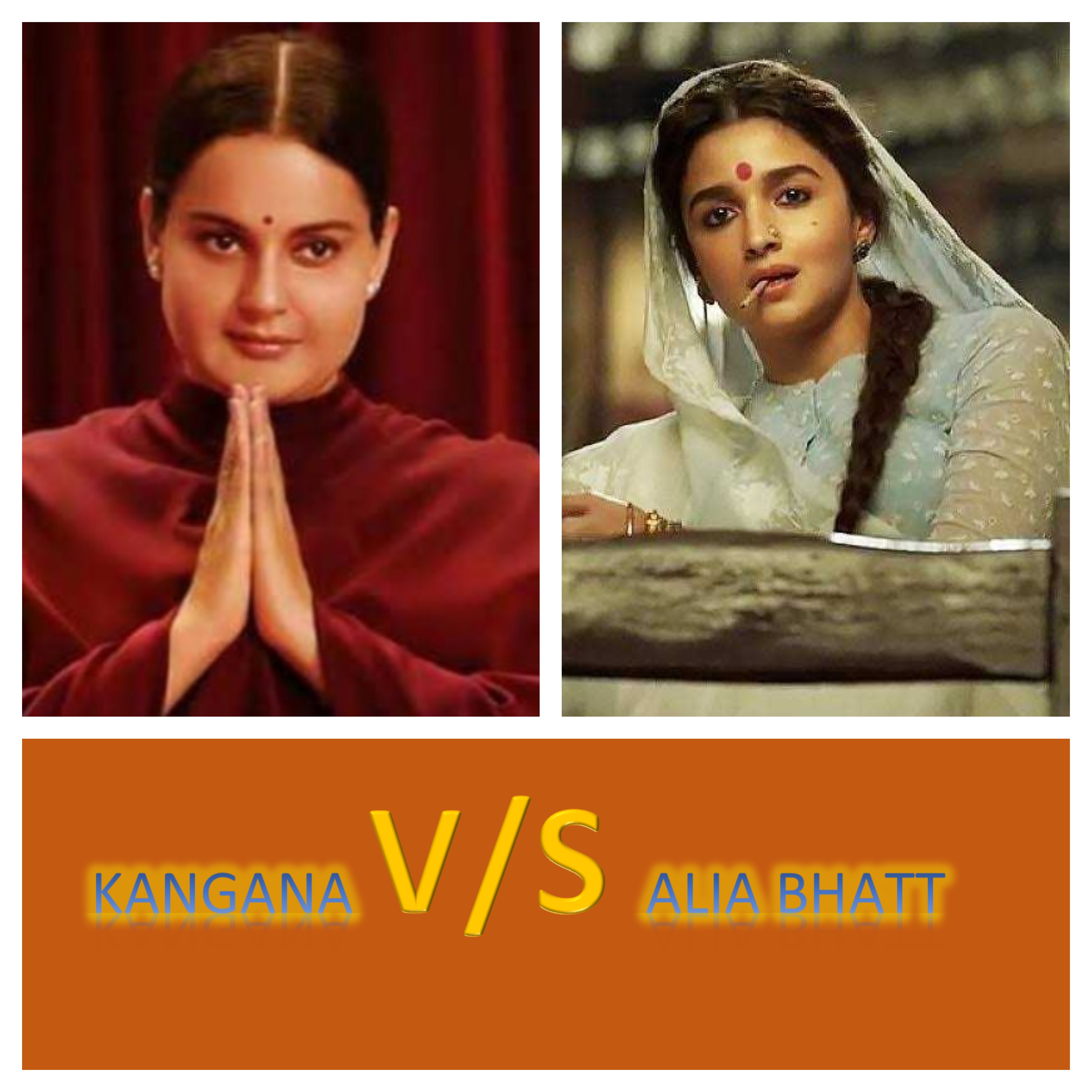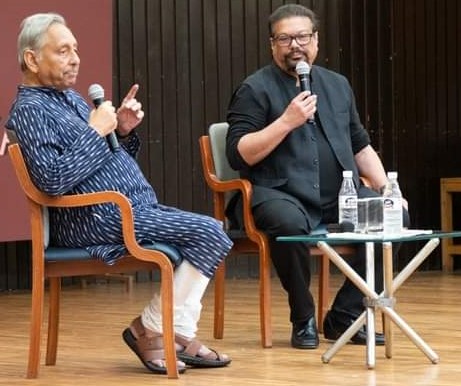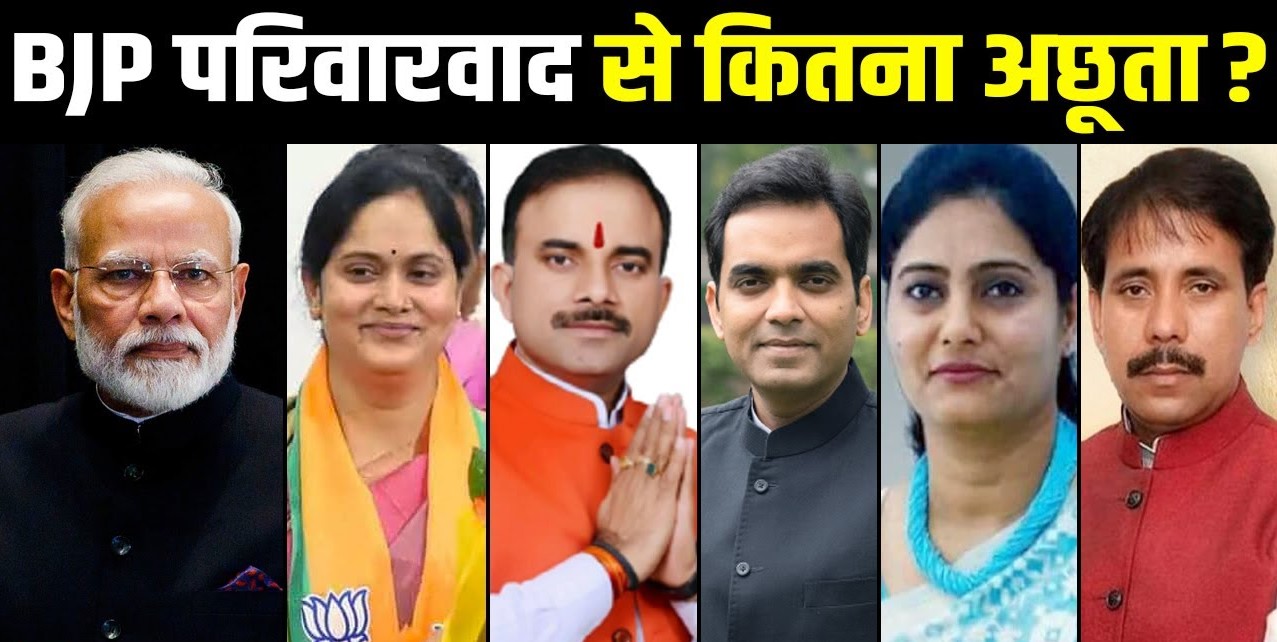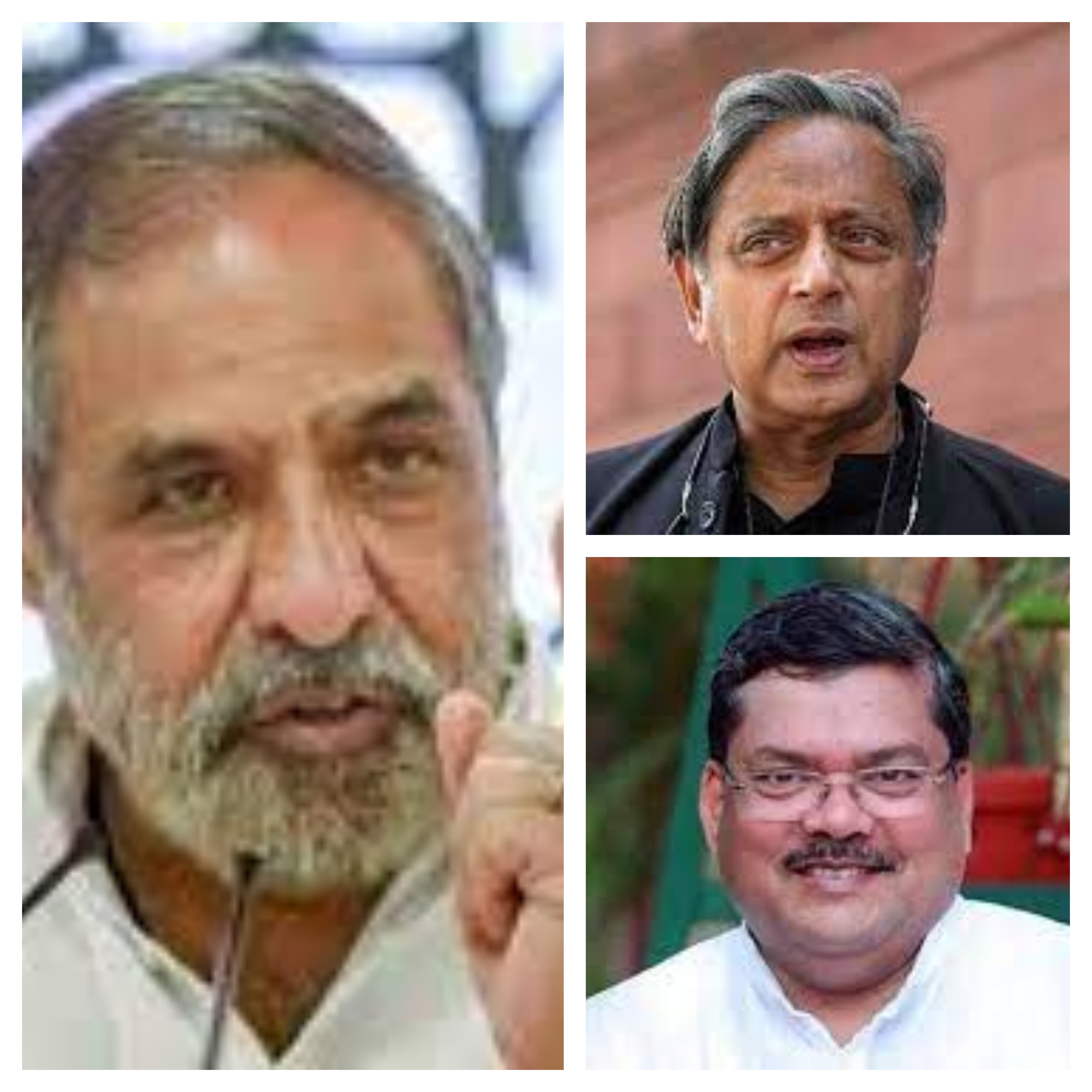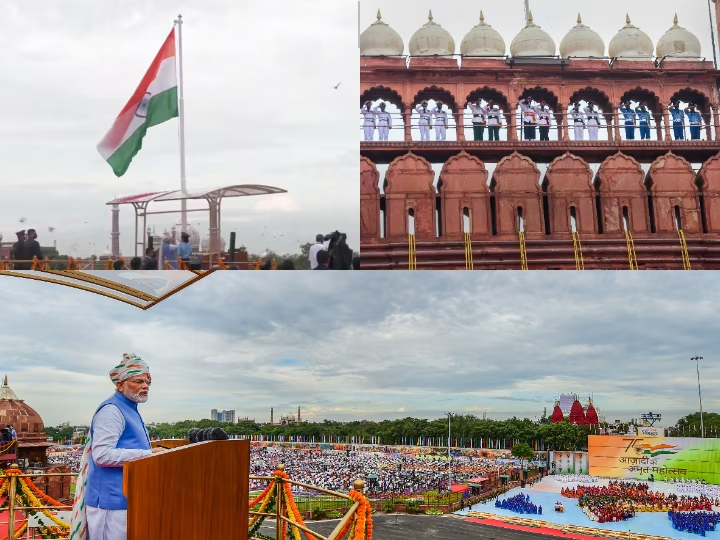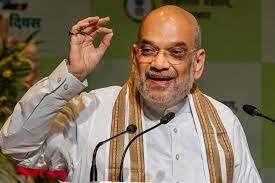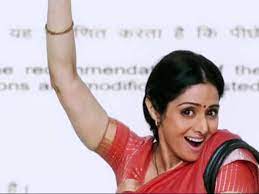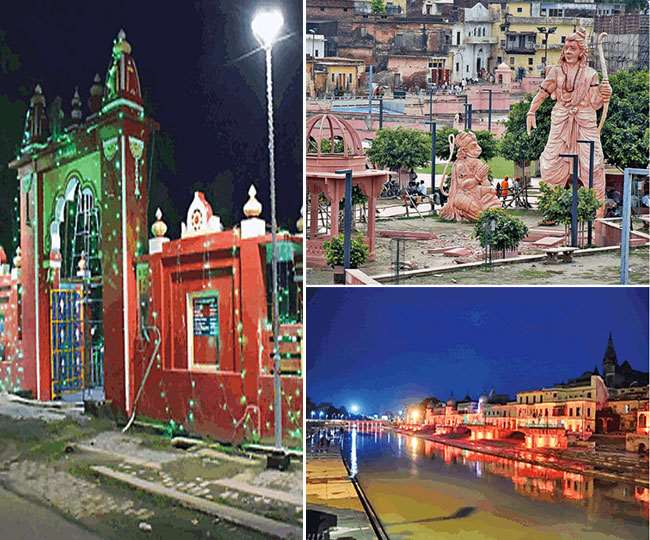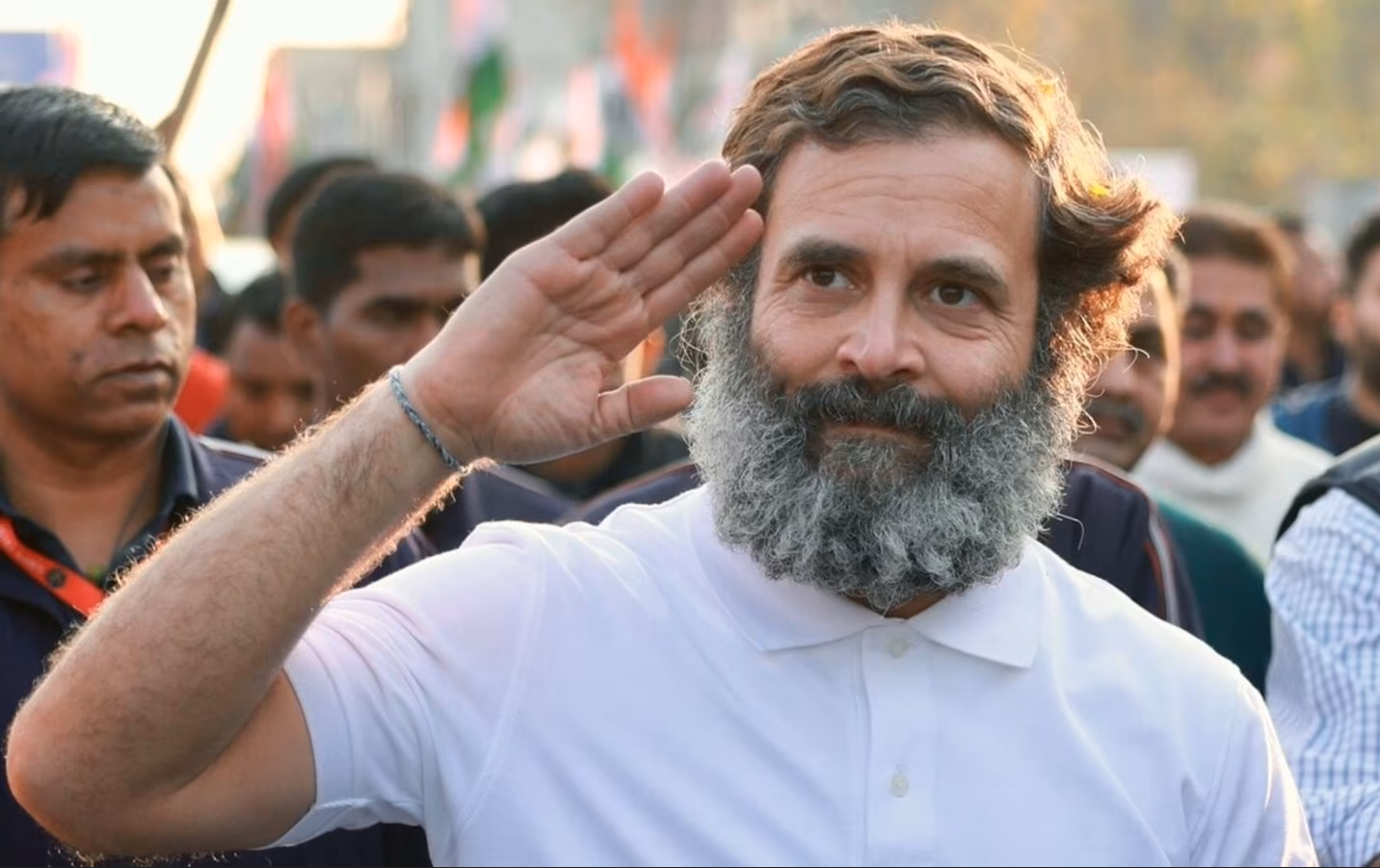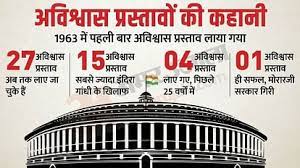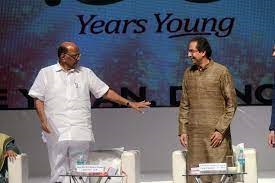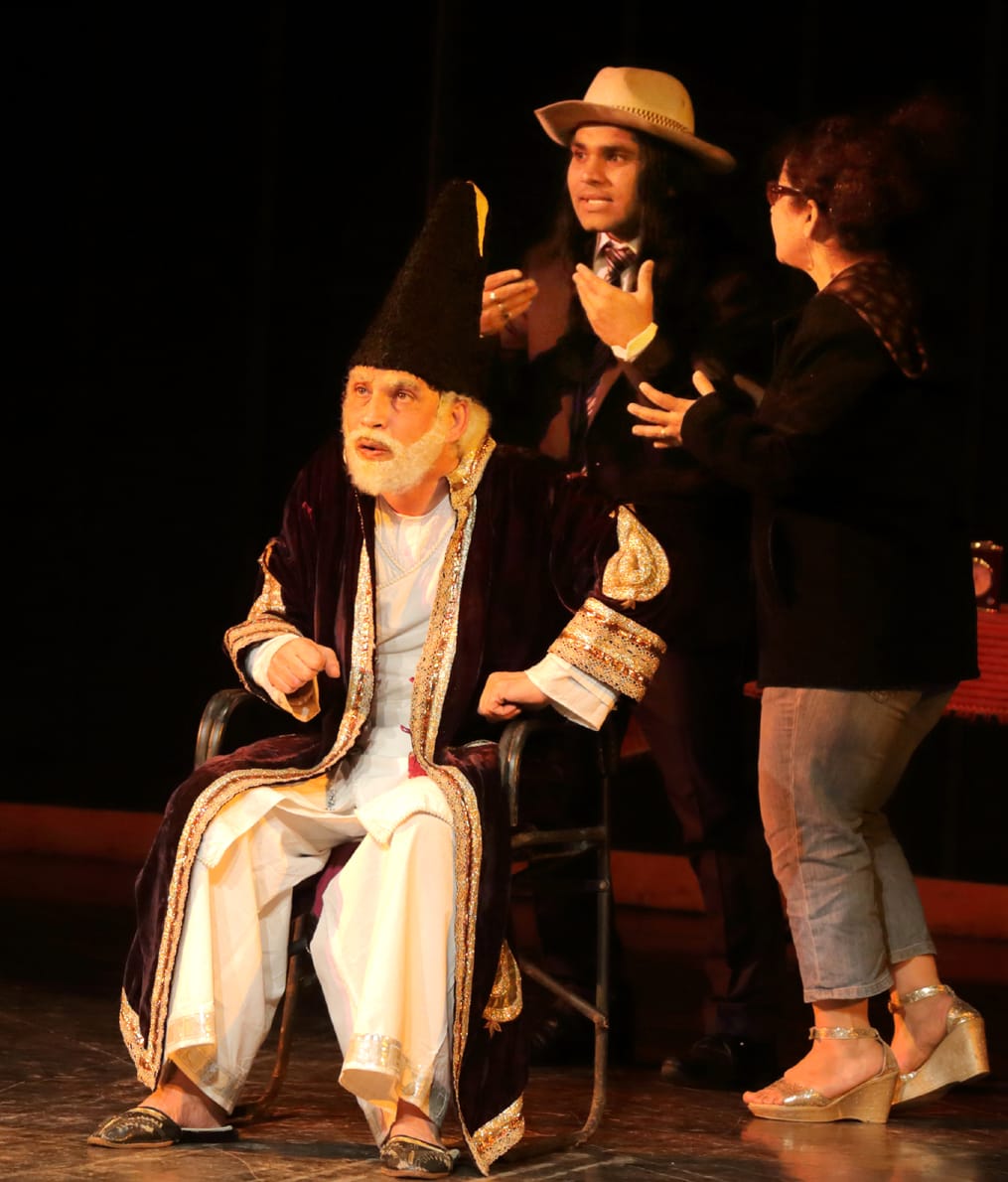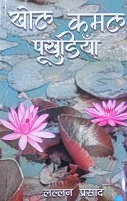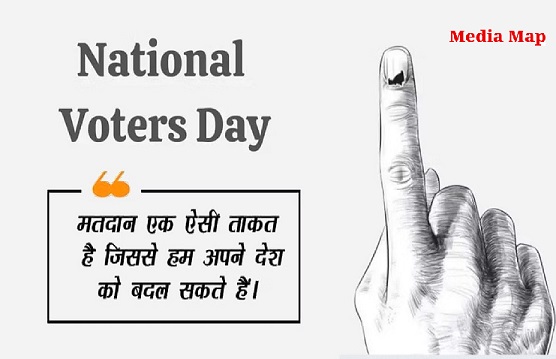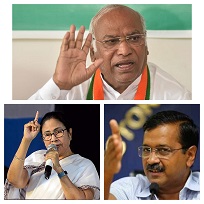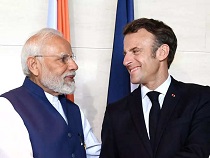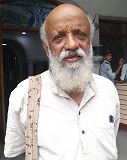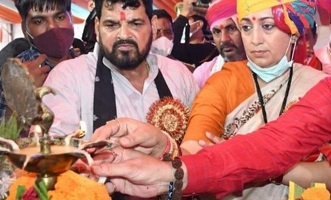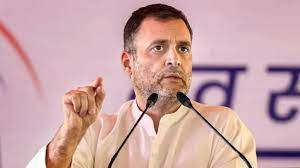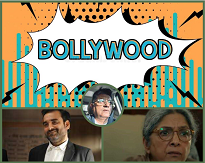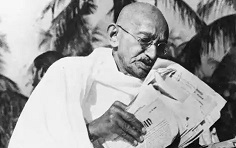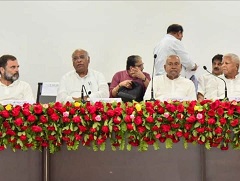10
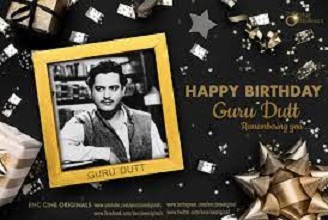
“Mujhe kisi insaan se koi shikayat nahi hai....Mujhe shikayat hai samaj ke us dhanche se jo insaan se uski insaaniyat chheen leta hai...Us sanskriti se jahan murdon ko pooja jaata hai aur zinda insaan ko pairon tale kuchla jaata hai...jahaan kisi ke dukh-dard pe do aansoo bahaana bujdili samjha jaata hai...Aise mahaul me mujhe kabhi shanti nahi milegi...”
Pragati Saxena
Senior Journalist, Poet,
Translator and Media Trainer
“I don’t have a grudge against anyone…I have a complaint against that society which takes away a man’s humanity…I resent the culture in which the dead are worshipped and the living are crushed…where crying in someone’s pain is considered cowardice…in such an environment I will never find peace.”
This dialogue from Pyaasa perhaps highlights a major part of the personality of the dreamy-eyed, intense-looking Guru Dutt whose face lit up every time he smiled. Born on July 9, 1925, Guru Dutt’s childhood was scarred by the strained relationship between his parents. This somehow seemed to have influenced his volatile personality. To this date, he remains an enigma to the film fraternity, critics and film buffs alike.
He was kind of a perfectionist as far as work was concerned. Some people who knew him closely considered him an obsessive, self-centred and at times ruthless person.
He wanted visuals, scripts, music etc exactly as he wanted but most of the times, he unfortunately did not know what he wanted as Nasreen Munni Kabir has suggested in her biography of the legendary director - Guru Dutt: A Life in Cinema.
But yes, once he liked a visual or a certain kind of light, then he would spend days in recreating the same effect. His cameraman, VK Murthy, had shared his experience about the magnificent lighting of the song, Waqt ne kiya kya haseen sitam... They were all sitting in the studio and chatting about the film when Guru Dutt caught the sight of a beam of light escaping the high ceiling of the studio. He at once asked, “How can such a beam of light be recreated?”
Murthi said promptly, “There must be a small hole in the ceiling and when the sun reaches a certain place at a particular time, its rays come through that hole and that creates this effect.”
Now Guru Dutt was obsessed with that visual and wanted the same light for five days to shoot the song sequence! How could that be possible? They thought for days and then found out after much effort that if they used a mirror, then the light reflected could produce almost the same impact. And that’s how they could together produce such a beautiful visual of the song.
Guru Dutt is known for his close ups and beautiful use of light and shade. Ritwik Ghatak and Guru Dutt are perhaps the only two filmmakers who could use melodrama aesthetically and produce artistic cinema in the commercial framework.
He was not only a pioneer of the genre of crime thriller in Hindi cinema (Baazi, CID, Aar-Paar), he also created the first anti-hero in the film Jaal (1952). Little is known about the films he started but was never able to finish for various reasons.
Most significant among them was Raaz based on Wilkie Collins’ classic tale The Woman in White. He had finalised Sunil Dutt and Waheeda Rehman as the lead pair and had started even shooting the film. But the film was shelved because he was not satisfied with the way the film was taking shape. It was later taken up by Guru Dutt’s former assistant Raj Khosla as Woh Koun Thi and starred Manoj Kumar and Sadhana.
Another such film was Gouri which had his wife Geeta Dutt as the lead. With an interesting story line, the film would have been India’s first cinemascope film. Incidentally, it was Dutt’s Kaagaz Ke Phool which was India’s first cinemascope film. But again he stopped production of the film after recording two songs. It was difficult to fathom what was going on in his mind which was at once creative, restless, sensitive and deeply perturbed by his tumultuous personal life.
Very few are aware that Professor (1962) was initially taken up by Guru Dutt. He had taken Kishore Kumar and Waheeda Rehman in the lead roles and selected Shashi Bhushan as the director. But again he shelved it. The film was later taken up by Lekh Tandon with Shammi Kapoor as the protagonist. Kaneez, Picnic and Moti ki Mausi were also shelved.
The restless genius remained flustered caught between his strained relationship with wife Geeta Dutt and ambiguous obsession with Waheeda Rehman. It seemed difficult for him to tame the volatile combination of creative zeal and deep sentimentalism. Haunted by the futility of it all, he struggled and created some unforgettable gems but somehow couldn’t free himself of the feeling of being left alone and finally succumbed to it on October 10, 1964.













































































































































































































































































































































































































































































































































































































































































































































































































































































































































































































































































































































































































































































































































































































































































